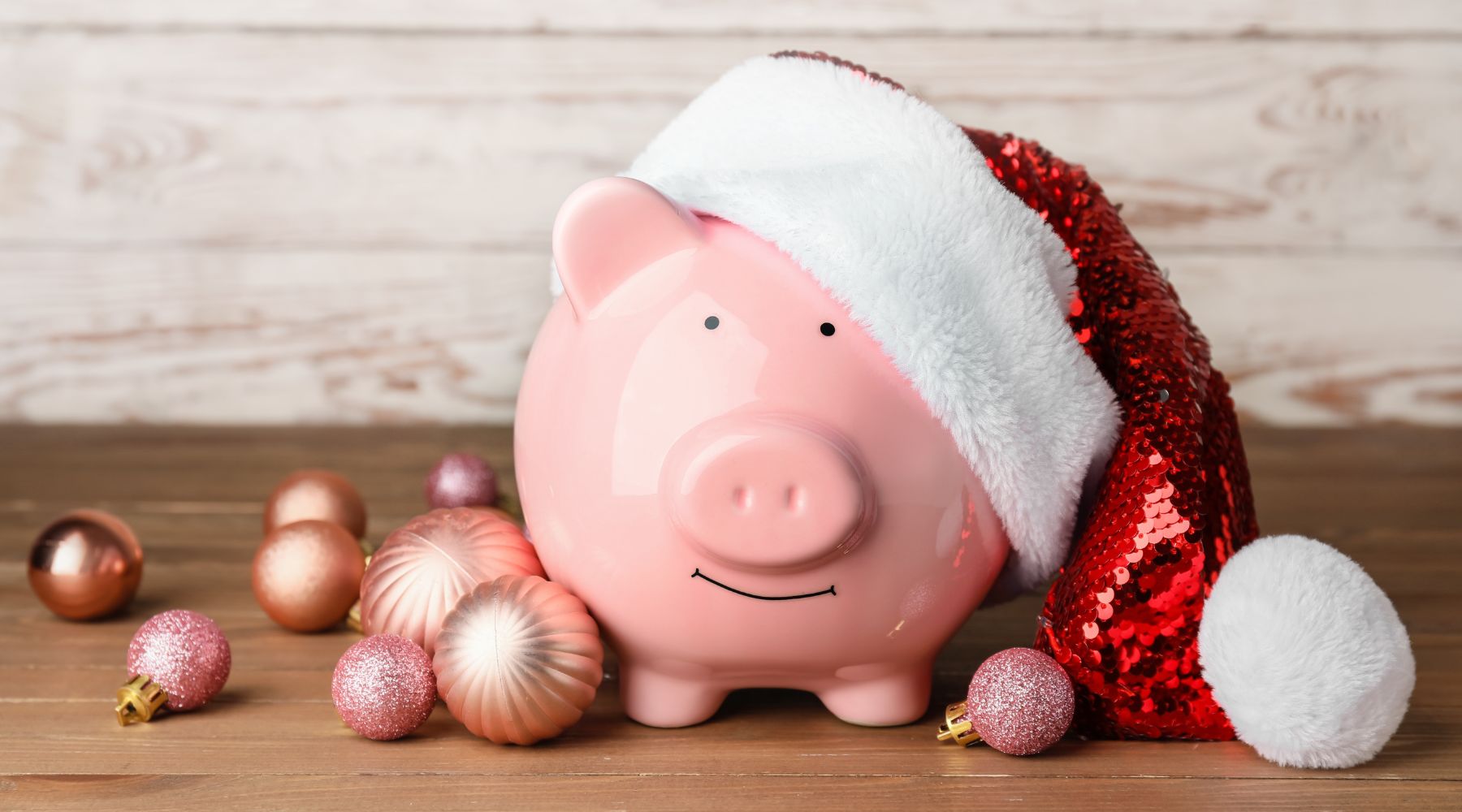Savings 101: Getting started
Finder makes money from featured partners, but editorial opinions are our own.
Advertiser disclosure

Emergency funds can be a huge relief when an unexpected bill pops up. Learn more about how to build and where to put your emergency fund.

Top-rated savings accounts to save for a Disney vacation.

The banks that offer the best vacation and travel savings accounts are SoFi, Upgrade, Bread, Bask, Varo, Marcus, Barclays and more.

Christmas club accounts and regular savings accounts can both help you save for Christmas. See which option is most worth it here.